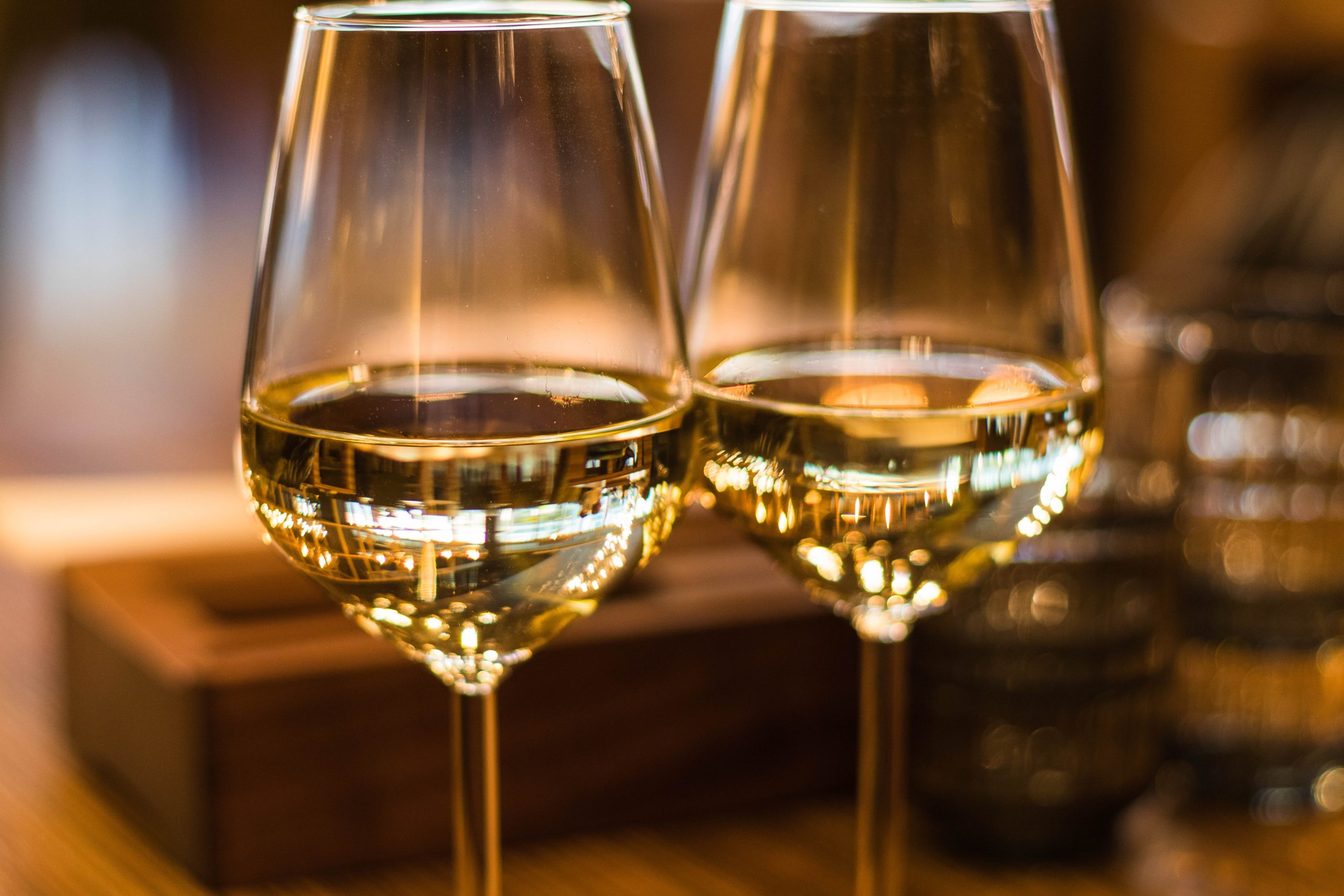The Fine Wines of Vie di Romans
Gallo by name but not by label.

One of the noteworthy wineries in Italy’s northeastern Friuli region, by the border with Slovenia, is Vie di Romans. It’s best known for its fine white wines made both from international varieties—sauvignon blanc, pinot grigio, chardonnay—and from the local friulano grape.
Perhaps less known is that Vie di Romans is owned by a family whose surname is Gallo, the same name as the giant California wine producer. They tried to sell wines under the Gallo name, but were prevented by the California Gallos. So Vie di Romans it is—and probably the better for it.
The name Vie di Romans means Road of the Romans; a road linking the two most important towns in Friuli during Roman times ran through the village of Mariano del Friuli, where the winery and one of the chardonnay vineyards are located. But the winery itself is a lot more recent. Although the estate has grown vines and produced wine for a hundred years, it was largely an agricultural property until the late 20th century.
The transformation began when Gianfranco Gallo took over management in 1978. He saw the land as an ideal site for vineyards and began to convert it to viticulture. During the 1980s, he identified and planted the varieties most suitable for the location and climate, and he constructed a new winery, which opened in 1989. The following year Vie di Romans began producing the vineyard-specific wines for which it is known, and soon after that it inaugurated the practice of releasing the white wines only after some two years’ aging.
The vineyards of Vie di Romans lie on a plateau that is exposed to the complex confluence of several weather patterns. At different times they benefit from cooler winds from the Alps to the north and warmer winds from the Mediterranean in the south. The overall effect is good variation between day and night temperatures that builds fruit ripeness and acidity, both of which are captured in the wines.
The wines of Vie di Romans tend to deliver a common style across the portfolio: linear in structure, with well-focused fruit, generous flavour, complex texture from lees aging, and taut, balanced acidity. All have good potential for aging, one of the goals Gianfranco Gallo had in mind as he envisaged the winery. Vie di Romans export manager Laura Zanini suggests that they will easily hold 10 years, and notes that she has enjoyed some twice that old.
Although Vie di Romans wines have been almost entirely white, there has been a very small production of merlot, and now—as of the 2016 vintage—a pinot noir (pinot nero in Italian). Still, red varieties make up less than a 20th of the vineyard. Will the red wine program expand with more plantings? “Eventually,” says Laura Zanini. We can only hope so, as the pinot nero, in particular, is a very attractive addition.
Vie di Romans wines to look for:
Dolée Friulano 2018
Ciampagnis Chardonnay 2018
Piere Sauvignon Blanc 2018
Dessimis Pinot Grigio 2018
Vie di Romans Pinot Nero 2016
________
Never miss a story. Sign up for NUVO’s weekly newsletter here.




